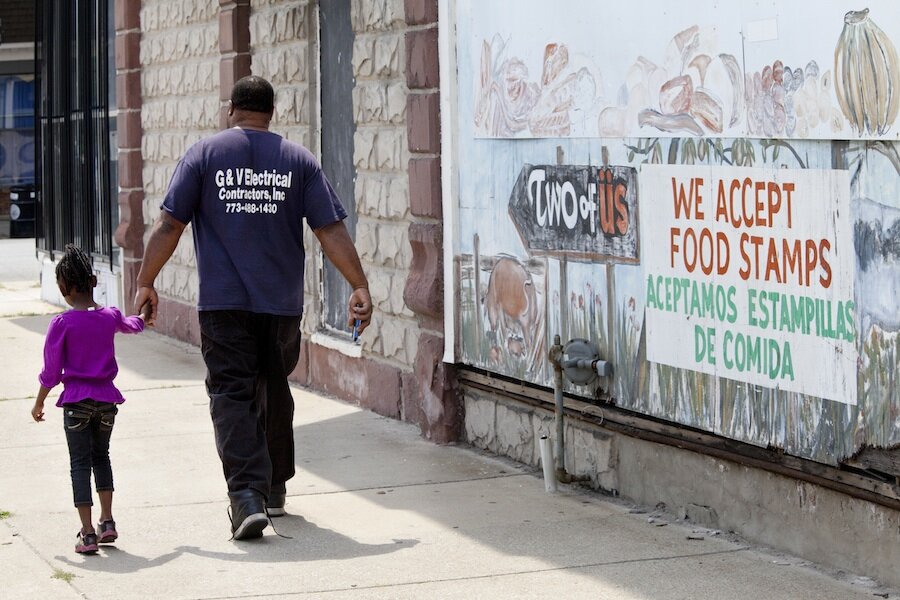Feeding America report: 1 in 7 Americans face food insecurity
Loading...
Forty-nine million Americans, or one out of seven people, are food insecure. Of this number, 12 million are children and 7 million are seniors. The U.S. Department of Agriculture (USDA) defines food insecurity as a “household-level economic and social condition of limited or uncertain access to adequate food.”
Feeding America, a nation-wide network of food banks, currently serves 37 Americans in the fight to end hunger, has released the 2014 Hunger in America (HIA) study, which studies food-insecure Americans receiving charitable assistance in order to better understand the challenges and circumstances they face and how to best assist them.
The report found that the demographic characteristics of households receiving charitable assistance vary. Nearly 29 percent of Feeding America clients are under the age of 18. More than one-quarter of the adults do not hold a high school diploma or GED, and another one-quarter has completed education beyond high school. In addition, 20 percent of households contain a member with either past or present military service.
Challenges faced by Feeding America clients also vary. Fifty percent of client households fall at or below 100 percent of the poverty level. In 23 percent of households, the most employed person from the past year is currently unemployed but actively seeking work. Forty two percent are not actively seeking work due to being retired, disabled, or in poor health; of those who have worked in the past year, 57 report working part-time rather than full time.
Health is a major challenge facing food insecure households. Nearly 50 percent of respondents report being in poor health. Diabetes and blood pressure are common among Feeding America clients and 28.6 of the households are uninsured and 65.9 percent report making trade-offs between food and medicine. Elaine Waxman, Feeding America’s Vice President of Research and Analysis, suggests that food insecurity is a major detriment to improving one’s health, since the treatment for many diseases is a steady, nutritious diet. “Food insecurity is setting up people for longer-term challenges,” said Waxman.
Food assistance programs like Feeding America have two goals: providing immediate hunger relief for families in need and raising awareness to engage the whole country to fight hunger. Because food insecurity often is a result of greater economic factors such as unemployment, debt, and increasing medical expenses, hunger relief agencies help with applications for governmental programs such as SNAP (food stamps), Medicaid, and subsidized housing. “We need a very strong federal safety net,” said Waxman. “SNAP is the strongest program, so advocating to keep it strong and avoid future cuts is an important mission for us.” Nearly 55 percent of households receiving charitable assistance also receive SNAP benefits. In addition, 24.4 percent of households with at least one child receive benefits from the Special Supplemental Nutrition Program for Women, Infants, and Children (WIC) and 94 percent of households with school-aged children receive free or reduced-price school lunches.
“In many ways, people don’t realize that the charitable feeding system is part of the bigger food system,” said Waxman. “Produce that goes untilled in the field, or is rejected from primary markets, will often make its way to us. I think the role we can play in recapturing that food is a larger food systems challenge.”







